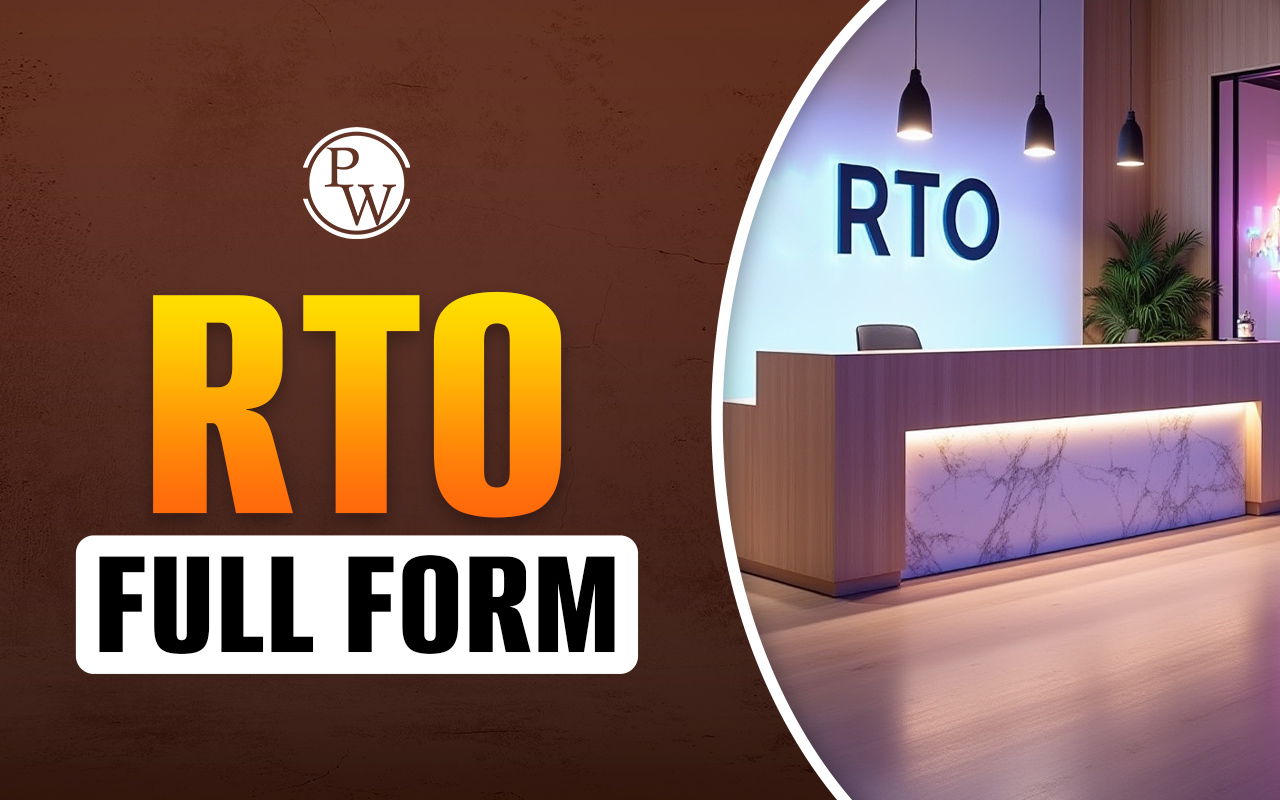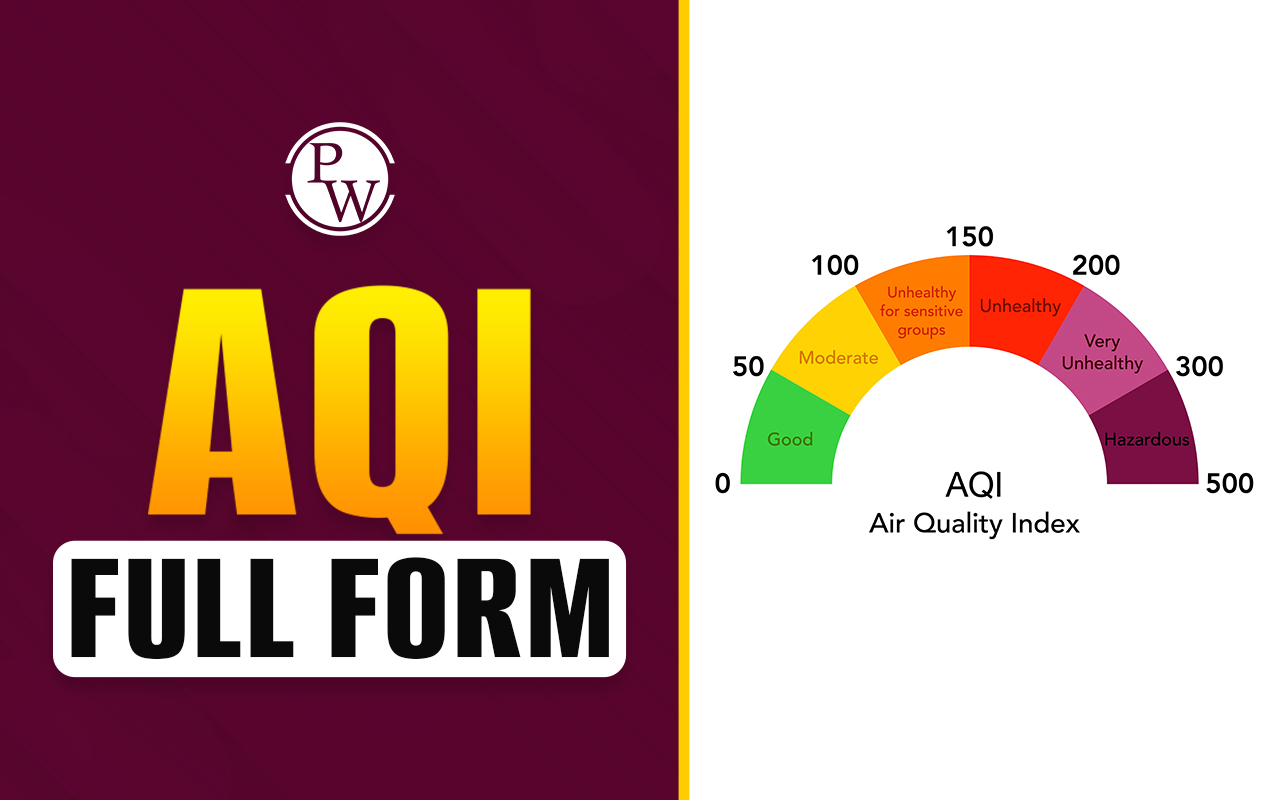
Indian Institutes of Science Education and Research is often abbreviated as IISER. Several of India's top public research facilities are part of the Indian Institutes of Science Education and Research (IISERs) group. The Government of India launched the institutions via the Ministry of Human Resource Development (MHRD) to offer intercollegiate learning in the basic sciences along with undergraduate research.
The National Institutes of Technology, Science Education and Research (Amendment) Act, 2010, passed by the Indian Parliament, served as the official instrument for the establishment of the organizations.
The Indian Parliament designated all IISERs as Institutes of National Significance in 2012 to elevate them as the country's highest establishments for basic sciences alongside sibling education systems like the Indian Institute of Science in Bangalore and the National Institute of Science Education and Research in Bhubaneswar. For the initial five years of operation, each IISER will require about 5 billion (US$63 million) in funding.
Distributions of the Institutes
Seven IISERs have successfully been erected throughout the nation, including:- IISER Kolkata
- Abbreviated as IISER-K
- Established in 2006
- Located in Mohanpur, West Bengal.
- IISER Pune
- Abbreviated as IISER-P
- Established in 2006
- Located in Pune, Maharashtra.
- IISER Mohali
- Abbreviated as IISER-M
- Established in 2007
- Located in Mohali, Punjab.
- IISER Bhopal
- Abbreviated as IISER-B
- Established in 2008
- Located in Bhopal, Madhya Pradesh.
- IISER Tiruvananthpuram
- Abbreviated as IISER-TVM
- Established in 2008
- Located in Tiruvananthpuram, Kerala.
- IISER Tirupati
- Abbreviated as IISER-T
- Established in 2015
- Located in Tirupati, Andhra Pradesh.
- IISER Berhampur
- Abbreviated as IISER-BPR
- Established in 2016
- Located in Berhampur, West Bengal.
Future Establishments
IISER Nagaland: The 2015–16 budget included an announcement on a new IISER in Nagaland. The Nagaland government initially advocated for another institution (SPA - School of Planning and Architecture) rather than an IISER. The Nagaland state administration has recently expressed a revived interest in building the previously announced IISER in Nagaland in the years 2021 and 2022, after a lengthy absence.Eligibility Criteria for IISER Acceptance
All candidates with Indian citizenship, Persons of Indian Origin (PIO), and Overseas Citizenship of India (OCI) status are eligible for consideration. The route of admission determines the IISER 2023 eligibility requirements (KVPY, JEE, SCB). The eligibility requirements are detailed below. Eligibility for KVPY students Aspirants who have a current KVPY fellowship scorecard are qualified to apply for enrollment starting with the 2023 academic year. It's also possible that supplementary cutoff conditions will apply. Eligibility for JEE students Entrants who fall under the general category must achieve a position on the Common Rank List (CRL) for JEE Advanced 2023 that is within the first 10,000. Participants from the reserved categories (OBC-NCL, SC, ST, and PWD) must have a classification rank within the top 10,000 in order to be considered for admission to the IISER. Eligibility for SCB students Individuals would be eligible if they received marks equal to or higher than the cut-off percentile in their respective authorities and passed the 10+2 science stream in 2022 or 2023. Students who intend to apply via the SCB channel must take the IISER Aptitude Test, which will be held at numerous locations throughout the nation. [wp-faq-schema title=" Full Form Of IISER FAQs" accordion=1]Are grades from the 12th grade important for admission to IISER?
Yes, in addition to meeting the individual board's IISER cutoff, aspirants must have met the mandatory class 12th score requirement of 75% (or 65% for reserved categories).
Is IISER more challenging than JEE?
The IISER Aptitude Test (IAT) can be found to have a significant difficulty level in comparison to JEE Mains and a difficulty level slightly higher than JEE Main but lower than JEE Advanced.
Can someone with 50 marks enter IISER?
For the GEN/OBC and OBC-NCL categories, applicants must receive an overall grade of 60% or above, and for the SC/ST/PWD categories, they must receive an overall grade of 55%.
Can someone without math join IISER?
Yes, having a foundation in mathematics alone is not required. Any student who has taken PCB may apply.
Talk to a counsellorHave doubts? Our support team will be happy to assist you!

Check out these Related Articles
Free Learning Resources
PW Books
Notes (Class 10-12)
PW Study Materials
Notes (Class 6-9)
Ncert Solutions
Govt Exams
Class 6th to 12th Online Courses
Govt Job Exams Courses
UPSC Coaching
Defence Exam Coaching
Gate Exam Coaching
Other Exams
Know about Physics Wallah
Physics Wallah is an Indian edtech platform that provides accessible & comprehensive learning experiences to students from Class 6th to postgraduate level. We also provide extensive NCERT solutions, sample paper, NEET, JEE Mains, BITSAT previous year papers & more such resources to students. Physics Wallah also caters to over 3.5 million registered students and over 78 lakh+ Youtube subscribers with 4.8 rating on its app.
We Stand Out because
We provide students with intensive courses with India’s qualified & experienced faculties & mentors. PW strives to make the learning experience comprehensive and accessible for students of all sections of society. We believe in empowering every single student who couldn't dream of a good career in engineering and medical field earlier.
Our Key Focus Areas
Physics Wallah's main focus is to make the learning experience as economical as possible for all students. With our affordable courses like Lakshya, Udaan and Arjuna and many others, we have been able to provide a platform for lakhs of aspirants. From providing Chemistry, Maths, Physics formula to giving e-books of eminent authors like RD Sharma, RS Aggarwal and Lakhmir Singh, PW focuses on every single student's need for preparation.
What Makes Us Different
Physics Wallah strives to develop a comprehensive pedagogical structure for students, where they get a state-of-the-art learning experience with study material and resources. Apart from catering students preparing for JEE Mains and NEET, PW also provides study material for each state board like Uttar Pradesh, Bihar, and others
Copyright © 2025 Physicswallah Limited All rights reserved.
Get App









